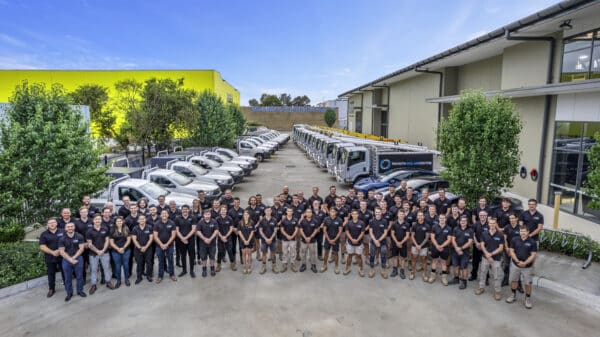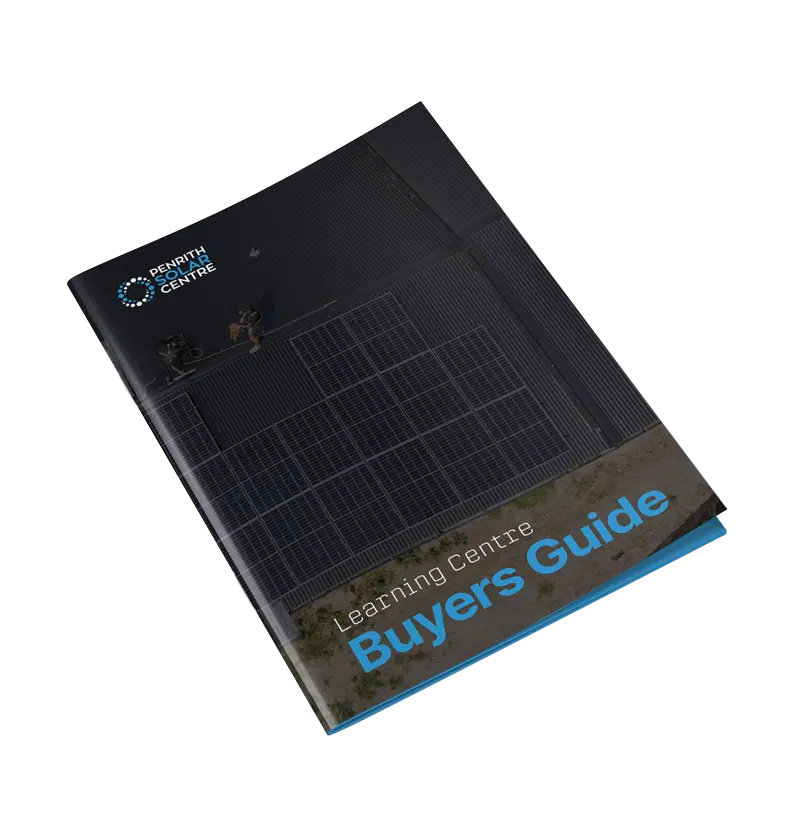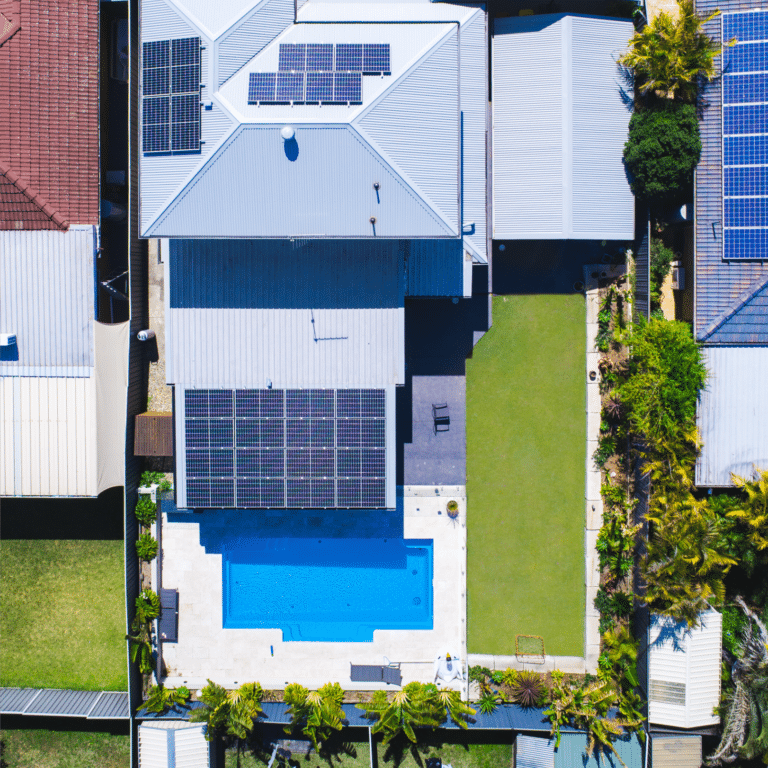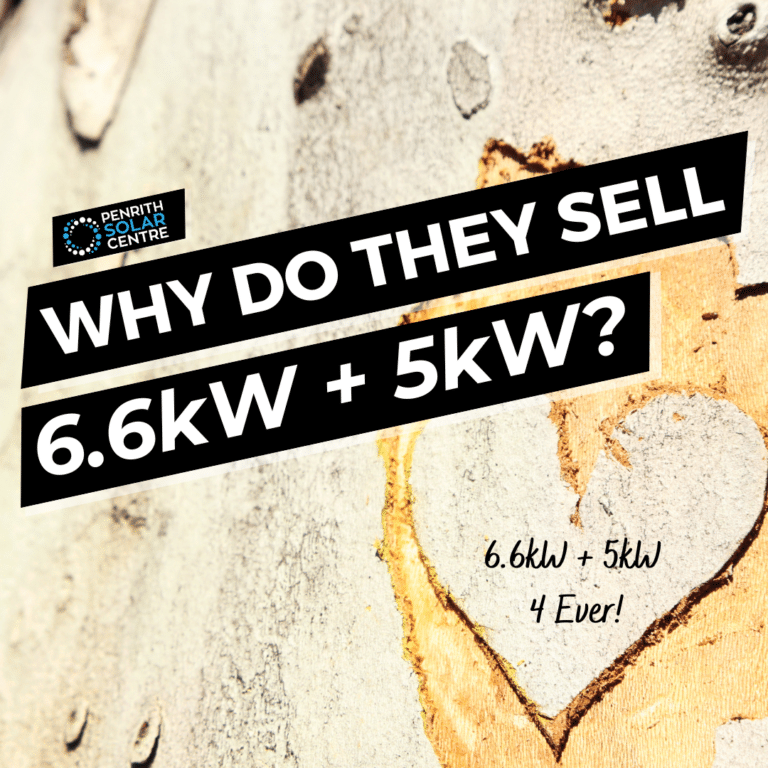
The Tesla Powerwall 3 has generated a lot of buzz. As customers are getting quotes, some are left wondering how that device will fit into their garage. You might even want to install it outside and are wondering if that’s okay.
Yes, it is okay. The Powerwall 3 can be installed outside, but there are some things to consider.
At Penrith Solar Centre, we’re here to guide you through all the questions you might have about solar installation. Powerwall 3 is a unique system that a lot of customers are evaluating for their homes. Things like its size and operating temperature require careful evaluation, especially if you’re thinking of installing it outside.
In this article, you will learn:
- Is Powerwall 3 Designed for Outdoor Use?
- Factors to Consider When Installing Powerwall 3 Outside
- Tesla Powerwall Ventilation Specifications
- What is the Installation Process for Powerwall 3?
- What Are the Benefits of Installing Powerwall 3 Outdoors?
By the end of this article, you’ll be ready to decide where to install Powerwall 3 at your home and why.
If you’d like to bypass this article and dive deep into a brilliant course about Tesla Powerwall 3, we recommend you check out our Powerwall 3 Courses.
Is Powerwall 3 Designed for Outdoor Use?
The Tesla Powerwall 3 is designed for both indoor and outdoor installation. Obviously, there are some recommendations from Tesla regarding environmental extremes, but for the most part, you should be able to install Powerwall 3 outdoors.
It has a durable casing that protects the unit from weather conditions.
The battery will keep functioning when submerged in 0.6 metres of water. This is a safety feature in case it floods where your Powerwalls are mounted. Please do not take the battery swimming.

While Powerwall 3 can operate within a wide range of temperatures, extreme conditions will affect its efficiency. In very hot or very cold climates, extra measures may be necessary to maintain optimal performance.
The operating temperature range is from -20°C to 50°. That’s a generous range of temperature, but parts of Australia might approach that upper range in the summer.
If you’d like to learn more about Tesla products, we recommend you check out the following article titled, Tesla Powerwall 3 Review: An In-Depth Look at Tesla’s New Solar Battery.
Factors to Consider When Installing Powerwall 3 Outside
When installing a Tesla Powerwall 3 outdoors, it’s important to pick the right location. Ideally, you want to keep it in a sheltered spot away from direct sunlight and rain. A covered patio or an area under an eve can work well. For example, our director, Jake Warner, had four Powerwalls installed under an eve outside his house.
For the best performance, Tesla recommends placing the Powerwall in a location where the average temperature stays between 0°C to 30°C. Although the system can handle more extreme temperatures, like -20°C to 50°C, it will limit its performance if it gets too hot or cold.
Keep in mind that sunlight can really heat up the Powerwall’s surface during summer. It’s a great idea to install it in a shady spot.
Powerwall 3 has an aluminium shell that acts as a heat sink, helping to keep the battery cool in hot climates, and an active cooling system to maintain optimal performance. However, this cooling system is not liquid cooled like the Powerwall 2. The internal fans make some noise when the system needs to cool off.
So, even though the Powerwall can manage varying temperatures, finding a cool, dry place for installation is always a good idea. This helps the battery work efficiently and last longer.
If you’d like to learn more about the price of a Powerwall 3, you might want to check out the following article titled, How Much Does a Tesla Powerwall 3 Cost?
Tesla Powerwall Ventilation Specifications
It’s important to ensure the installation site has good ventilation to prevent overheating and keep your Powerwall working properly. You’ll want clearances around your Powerwall 3 for airflow.

- Minimum clearance from left side 100 mm
- Minimum clearance from right side 100 mm
- Minimum clearance above Powerwall 50 mm
- Minimum clearance below Powerwall 20 mm
- Minimum clearance between side-by-side Powerwalls 100 mm
- Minimum clearance in front of Powerwall 300 mm
- Maximum height above ground 1140 mm to bottom of unit feet
Tesla recommends a minimum of 150 mm between side-by-side units to allow for adequate space for wiring and On/Off switch access, but it isn’t required.
We can wall-mount your Powerwall and leave a clearance beneath it to ensure airflow. We can install it on the ground for you as well. If your Powerwall is installed on the ground (in a cool dry place), there will be bottom clearance because of the rubber feet.
But Powerwall does need a sturdy base like a concrete slab. At 130 kilograms, it’s quite heavy so installing it on the ground is often the best option.
If you’d like to learn more about Tesla products and their potential problems, we recommend you check out the following article titled, Problems with Powerwall 3.
Click here for solar solutions.
What is the Installation Process for Powerwall 3?
The main steps for installing a Powerwall are:
Site Assessment: A certified Tesla installer (like Penrith Solar Centre) will visit your home to assess the installation site.
Our consultants will check possible locations for your new Powerwall, and work with you to meet your needs as well as the required technical specifications.
Mounting Surface: A Powerwall weighs 130kg. That’s heavy. We make sure the wall you want it installed on is strong enough to support its weight.
The surface should be flat and sturdy because your Powerwall will rest flush against it. Our team will verify that the surface is suitable; we look for concrete, brick, or a reinforced wall that can securely hold the battery.
Because they’re so heavy, we often install them on the ground if there isn’t a good spot for them on the wall.
Electrical Connections: The installer will connect the Powerwall 3 to your home’s electrical system through the main switchboard. This includes connecting it to your solar panels (if you have them) and the grid.
We measure the distance from the installation site (whether it’s inside or outside) to the main switchboard. Shorter distances are preferable because this minimises voltage rise/drop. The location should allow reasonable access for us to run our cables to the battery.
After our team has assessed the site for safety and has figured out how to install it so it functions as efficiently as possible, they install it.
If you’re interested in learning a bit more about the differences between an in-house solar installer and subcontractors, you might want to check out the following article titled, In-house Installers vs. Subcontractors: Which is Better?
What Are the Benefits of Installing Powerwall 3 Outdoors?
While we’ve talked about the challenges of installing a Powerwall outdoors, there are also some great benefits:
Space Saving: Installing the Powerwall 3 outside frees up valuable indoor space, especially in a crowded garage. You avoid cluttering things up with a big metal box.
Noise Reduction: The Powerwall’s cooling system can be noisy. Keeping it outside ensures a quieter garage, which is perfect if you use the space for hobbies or relaxation. For some folks, the garage is a Zen place. If you’re someone who has a hobby that’s done in the garage and you like to relax, you’ll want to keep the Powerwall outside.
Plus, if parking isn’t your strong suit, it’s safer outside – no risk of bumping into it with your car.
If you’re curious about how the Powerwall 3 stacks up against its predecessor, you might want to check out the following article titled, What’s the Difference Between Powerwall 2 and 3?
Installing Powerwall Outside: Getting Your Sunny’s Worth
Now you know some of the things our installation crew considers if you request an outdoor installation for your Tesla Powerwall 3. It’s designed to withstand hot and cold extremes in addition to your family’s energy needs.
However, it is important to consider location, mounting surface, and temperature. With proper maintenance and monitoring, your Powerwall 2 will provide reliable energy storage for your home.
At Penrith Solar Centre, we love installing Powerwalls. We love their design aesthetic, their efficiencies, and their storage capacity. If you’re interested in producing, storing, and consuming your own energy, you’ll want to investigate Powerwall 3 further.

If you’re ready to take that next step in your solar journey, we recommend you check out the following article titled, What to Expect on the Day of Your Solar Installation.










